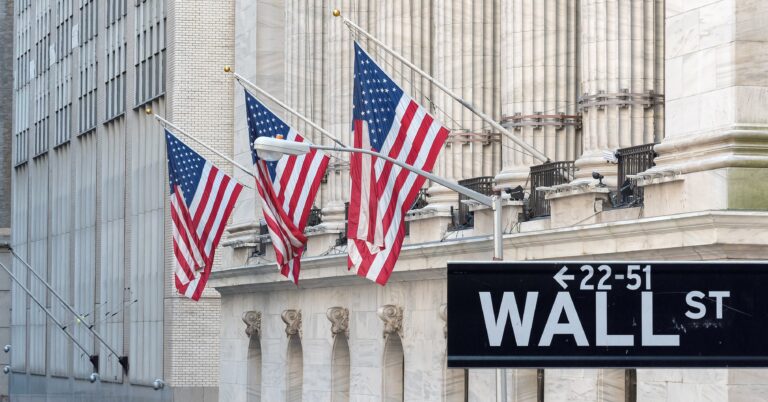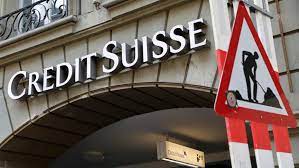Top 10 Largest Banks In The World
The global banking industry has grown and evolved since the 2008 financial crisis and as of 2018, total assets had climbed to $124 trillion. The largest banks in the world are also the biggest movers of the global economy in terms of investment and provision of liquidity.
The COVID-19 pandemic has reshaped the global banking and financial industry across several dimensions. The pandemic has accelerated the digitization of the industry as banks sought quick and flexible solutions to wade through the pandemic.
In addition to holding customer deposits and savings, the world’s largest banks are also major players in the global economy by offering the required liquidity in the form of loans or credit. Below are the top 10 largest banks in the world;
Industrial and Commercial Bank of China
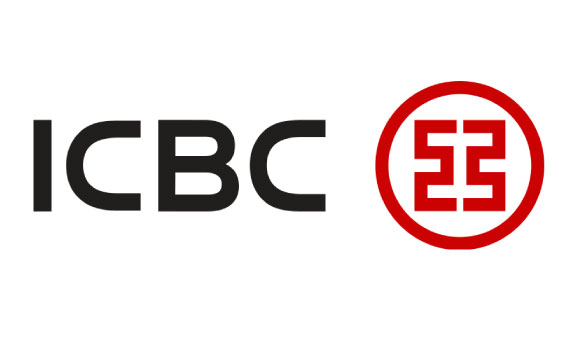
- Total Assets-$3.47 trillion
- Market cap-$233.913 billion
- Revenue (2020)- $123.6 billion
- Net Income(2020)- $45.3 billion
- Employees-460,000
The Industrial and Commercial Bank of China was established in 1984 and has its headquarters in Beijing. It is the youngest of the big four Chinese banks, which are all of which are majority-owned by the Chinese government. The Chinese government has a 70% stake in the bank.
ICBC owes its growth to its continuous endeavor and stable development fueled by a diversified business structure, an excellent customer base, market competitiveness, and strong innovation capabilities. The bank has more than 680 million personal customers and 8.60 million corporate customers.
The bank has a special focus on industrial development and offers much of its loans in manufacturing, retail, power, and transportation. Although it has its primary market in China, the bank is currently implementing an expansionist policy in which it intends to spreads its wings into the global market. ICBC is owned and controlled by the Chinese government.
China Construction Bank Corporation

- Total Assets-$3.02 trillion
- Market Cap- $196.6 billion
- Revenue (2020) – $102.2 billion
- Net Income (2020) – $38.7 billion
- Employees- 330,000
The China Construction Bank Corporation was founded in 1954 and is the second largest bank in the world and in China. The bank has its headquarters in Beijing. CCB offers a wide range of services including commercial loans, credit lines, and e-banking. The bank also offers personal banking services like deposits, personal loans, credit cards, and wealth management.
CCB has historically been a corporate bank but recently started offering personal banking services. CCB is also owned and controlled by the Chinese government.
JPMorgan Chase & Co.

- Total Assets- $3.386 trillion
- Market Cap- $280.1 billion
- Revenue- $119.54 billion
- Net Income: $36.4 billion
- Employees: 245,000
JP Morgan Chase is the largest bank in the US and the third largest in the world. It is the largest private bank globally. The bank has operations in more than 100 countries globally and offers a variety of financial services grouped in several sections like commercial banking, corporate lending, investment, and wealth management.
JPMorgan Chase & Co is a product of an amalgamation that brought together many banks in 2000 to create one of the most expensive global empire. The bank, which has its headquarters in Manhattan, New York City, is also the largest investment companies in the world.
Agricultural Bank of China
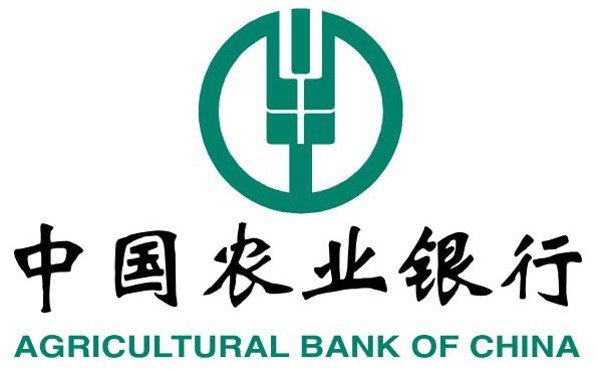
- Total Assets-$3.2 trillion
- Market cap-$131.5 billion
- Revenue (2020) – $89.7 billion
- Net income (2020) – $30.9 billion
- Employees- 444,000
Also known as AgBank, the Agricultural Bank of China is another one from the “Big Four”, the third largest in China and the fourth globally. It also ranks among the 10 biggest companies on the planet.
The Agricultural Bank of China was founded in 1951, headquartered in Beijing, and has branches in major cities around the world like Tokyo, Seoul, New York, Sydney, Singapore, and London.
AgBank serves more than 320 million retail customers, over 2.7 million corporate clients, and 24,000 branches globally.
Bank of China

- Total Assets-$2.61 trillion
- Market Cap-$109.1 billion
- Revenue-$79.4 billion
- Net Income-$27.2 billion
- Employees-310,000
Bank of China was founded in 1912 making it the oldest of the “Big Four”. The Chinese Communist government has a 70% stake in the bank. Bank of China has its headquarters in Beijing and in addition to mainland China, the bank has major operations in Hong Kong and Macau and has two locations in New York.
Bank of China offers a variety of financial services including investment, insurance, banking, credit cards, personal loans, liability management, and mortgages and asset.
Mitsubishi UFJ Financial Group
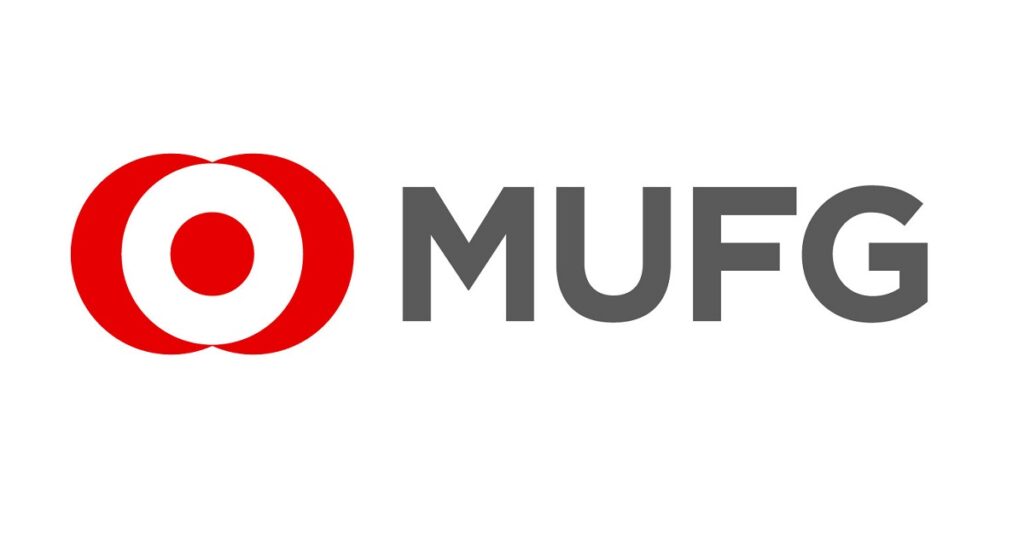
- Total Assets-$2.81 trillion
- Market Cap- $52.1 billion
- Revenue- $61.6 billion
- Net Income: $4.9 billion
- Emplyees-106,000
The Mitsubishi UFJ Financial Group owned by Mitsubishi Corporation is the largest financial institution in Japan and one of the largest banks in the world. In addition to the financial industry, Mitsubishi Corporation is also a major player in engineering services, electronics, and car production.
The bank was created in 2005 from the merger of Mitsubishi Tokyo Financial Group and UFJ holdings, the two largest banks in Japan then. It offers financial services like international finance, trust banking, asset management, and commercial banking.
HSBC Holdings PLC
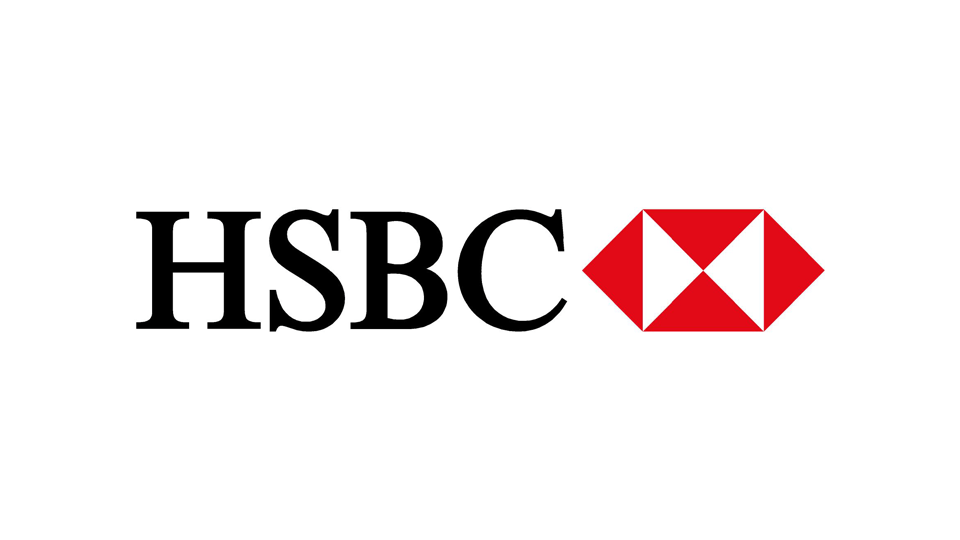
- Total Assets-$2.37 trillion
- Market Cap- $116.062 billion
- Revenue- $50.43 billion
- Net Income- $6.099 billion
- Employs-235,000
HSCB Holdings PLC is a global investment bank and financial holdings company with its headquarters in London and its roots in Hong Kong. The bank was initially founded in British Hong Kong in 1865. It ranked the largest in Europe and the seventh-largest in the world in 2018.
HSCB has over 1000 locations and 80 offices in the UK plus 460 locations in the US. The bank offers corporate finance, private banking, retail banking, and commercial banking to more than 4 million customers globally.
Bank of America (BAC)

- Total Assets-$2.35 trillion
- Market Cap: $188.5 billion
- Revenue: $91.2 billion
- Net Income: $27.4 billion
- Employees-208,000
Bank of America (BAC) was founded in 1784 and is the second-largest bank in the US. The bank accounts for 10.73% of all bank deposits in the US and offers services ranging from investment banking, wealth management, and commercial banking.
BAC has its headquarters in Charlotte City, North Carolina and serves clients around the world in 5,000 financial retail locations. The bank is one of the largest in the US, a position it strengthened in 2008 when it acquired Merrill Lynch, the largest wealth manager in the world.
Wells Fargo
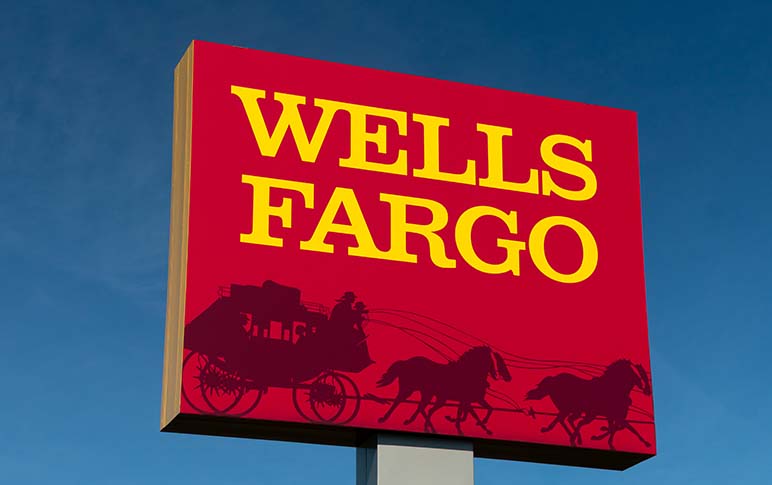
- Total Assets- $1.77 trillion
- Market Cap: $123.8 billion
- Revenue: $82.0 billion
- Net Income: $19.6 billion
- Employs-270,000
Wells Fargo was founded in 1852 and remains America’s oldest bank still existing and one of the largest banks in the world. The bank did not come this long easily having undergone and overcome turbulent moments of scandals Well Fargo has a focus on both individual and corporate clients.
Wells Fargo has its headquarters in San Francisco, California and around 9,000 retail locations throughout the US.
Crédit Agricole Group

- Total Assets- $2.13 trillion
- Market Cap: $22.3 billion
- Revenue: $83.4 billion
- Net Income: $5.4 billion
- Employees- 7,395
Crédit Agricole Group is a French-owned bank and one of the largest companies in France. It is the largest bank in Europe and the largest co-operative financial institution in the world. The bank became an international full-service banking group in 1990.
The bank boasts of a strong French tradition and was initially started as an agricultural bank for farmers. The bank has since diversified its services offerings to accommodate other clients.
Final Word
The global banking industry has witnessed a myriad of challenges since the outbreak of the pandemic in late 2019. The pandemic weakened the momentum of economic growth, increased the volatility of financial markets, and forced authorities to institute tighter financial supervision. As the global economy bounces back, the largest banks in the world are playing a front line role in this recovery especially through the provision of credit and funding infrastructural development.

